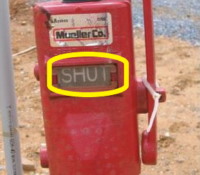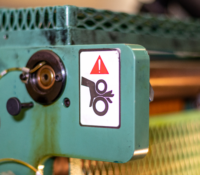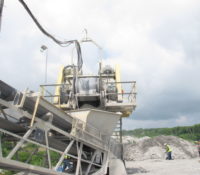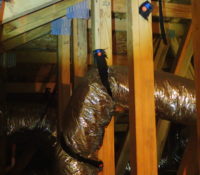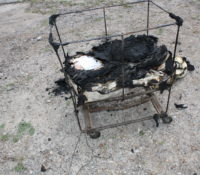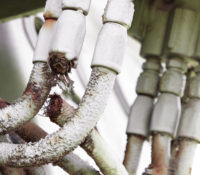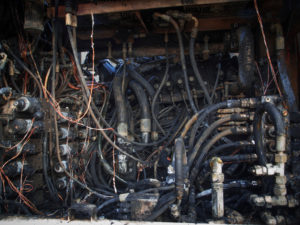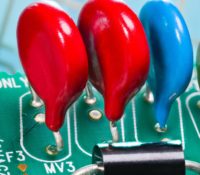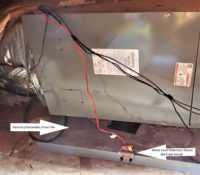When a Fire Sprinkler System Fails to Deliver
After a major fire, it is necessary to investigate the fire sprinkler system to see if and why it malfunctioned. Wet sprinkler systems are the most common and least complex fire sprinkler systems in use. The following are major items addressed in an investigation involving a wet system.
If available, drawings of the supply piping and sprinkler system are helpful. If these are not available, a sketch of the system will be made. Requests will also be made for inspection, testing, and maintenance documentation as well as fire alarm logs.
The top reason that fire sprinkler systems do not function correctly during a fire is Read More


